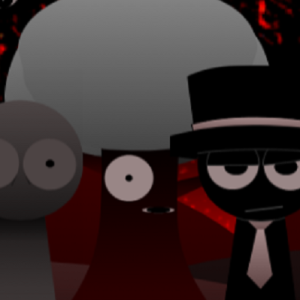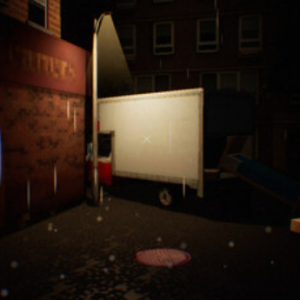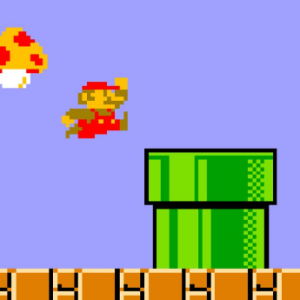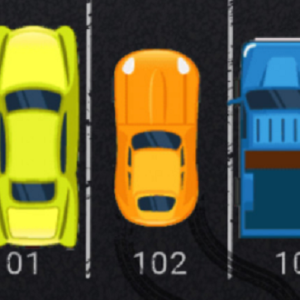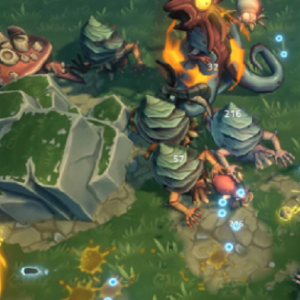Similiar games
Broken Colors opens with a world where pigment and memory have separated. The player enters a realm built from scattered hues, where every step reconnects shades that once formed coherent images. The setting feels incomplete at first — objects flicker between outlines and faint tones — but gradually, each restored color brings structure back to the environment. The experience is not about collecting points but about rebuilding perception, turning motion and sound into tools of reconstruction.
Mechanics of Reconstruction
The core of Broken Colors lies in interaction with fragments of light spread throughout each level. Players move through abstract spaces, gathering and aligning spectral pieces to restore balance. The system responds to precision and rhythm rather than speed. As the fragments combine, they produce geometric reactions that change the terrain. Each puzzle focuses on alignment, rotation, and timing, encouraging experimentation instead of linear problem-solving. The act of progress becomes a study in how color defines space.
Core Loop of Play
Each cycle of play in Broken Colors unfolds as a sequence of observation and restoration:
- Explore fragmented zones to locate missing hues or light sources.
- Rearrange or rotate shapes to align color spectrums correctly.
- Observe environmental feedback when tones merge or overlap.
- Solve layered puzzles that depend on the harmony of multiple elements.
- Unlock new areas as restored color reshapes previous paths.
This rhythm gives structure to exploration while keeping the experience grounded in gradual discovery and pattern recognition.
The Role of Contrast
Throughout the game, color functions as an aesthetic choice and as a form of communication. Warm tones signal connection, while cold tones introduce distance or decay. The environment reacts to these shifts by opening or closing access points. Sound design supports the process with frequencies that match color intensity, creating a subtle relationship between visual and auditory cues. The absence of dialogue leaves the player to interpret what “broken” truly represents — loss of memory, light, or meaning.
Resolution Without Closure
Broken Colors concludes not with full restoration but with acceptance of imperfection. The final area introduces shades that cannot be matched or controlled, forcing the player to leave parts of the world unresolved. The message emerges through structure: that harmony is temporary and subject to context. By emphasizing rhythm, reflection, and reconstruction, Broken Colors transforms its minimalist framework into an exercise in perception — where completion is measured not by victory, but by understanding what remains fractured.





